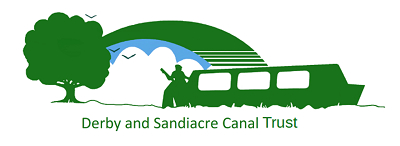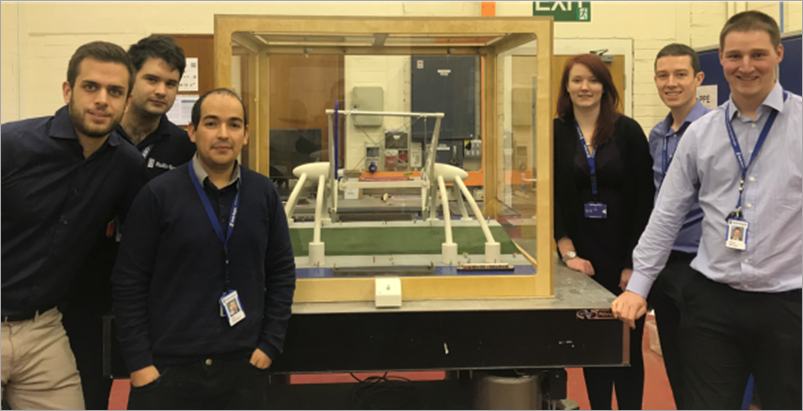Introducing the next generation of canal engineers
Rolls-Royce engineer Katie Hamilton explains how she became interested in science and engineering, why she enjoyed working on the Derby Arm working model and why she is looking forward to the real thing being built.
1: What is your background / what did you study at university?
I grew up just outside Glasgow and I studied physics at the University of Glasgow, where I received my Masters degree.
2: What encouraged you into a career in engineering?
I have always been interested in the sciences; I liked to know how things worked and always wanted to know why things did what they did. While in High School I found that physics was a subject that I enjoyed and wanted to stick with it and so choose to study it at university. During my time at university I was able to see some of the ways in which science and engineering can help to solve issues that impact our lives, and so I knew that I wanted to have a career that would allow me to make a difference in some way, while still enjoying what I was doing.
From something little like helping to create the Derby Arm model to something larger, for example, designing the next most efficient solar panel, creating a new way to remove plastic from our oceans, working to help reduce the impact our travel has on the environment or working on the next medical advances, science and engineering will let you use your imagination and creativity to enhance the world around you.
3: What technologies are you looking forward to seeing develop in the next 2 decades?
There are a number of technologies that I think will be quite exciting but the two that I am looking forward to seeing develop are; New battery technology for energy storage will aid in the future of the renewable energies and the leaps that are happening in biomedical fields such as the prosthetic limbs that will function more like natural limbs, allowing people to sense where their limbs are.
4: What have you enjoyed about working on the Derby Arm Boat Lift model project?
The great thing about working on the Derby Arm Boat Lift Model is getting to play a part in a project that could be help to change areas within Derby and have a real impact on the local community. Also working with the others in the team and seeing it all come together as the final working model, when we started with just a CAD drawing, has been really fun.
5: How do you think the real Derby Arm Boat Lift would positively affect people’s lives? (especially from a STEM / inspiring the next generation point of view)
I think that the Derby arm is a great example of how science and engineering can be used to change the environment and the lives of people for the better. The real Derby Arm will be something different for everyone depending on where their interests lie. There is something for everyone to take away for seeing the Derby Arm; It might be a feat of engineering but it is also a great piece of architecture, those with an eye for design might want to create their own plans for future architectural projects, anyone with an inkling for the physical sciences could discover about the laws of physics that ensure the boat lift will be able carry the boats and any information on the design and construction of the Arm, making sure that it is built to last, will be of interest to those considering the area of civil engineering. Moving away from the Arm itself you have the newly restored waterways and canals that link to the Arm, these will help to improve the local environment, budding biologists will be able to see the impact on the environment from the increase in biodiversity and potential geographers could learn about how the new waterways could help with land management and reducing flooding. Therefore the Derby Arm could inspire people in a number of different ways! Making it a truly special addition to the Derby area.


